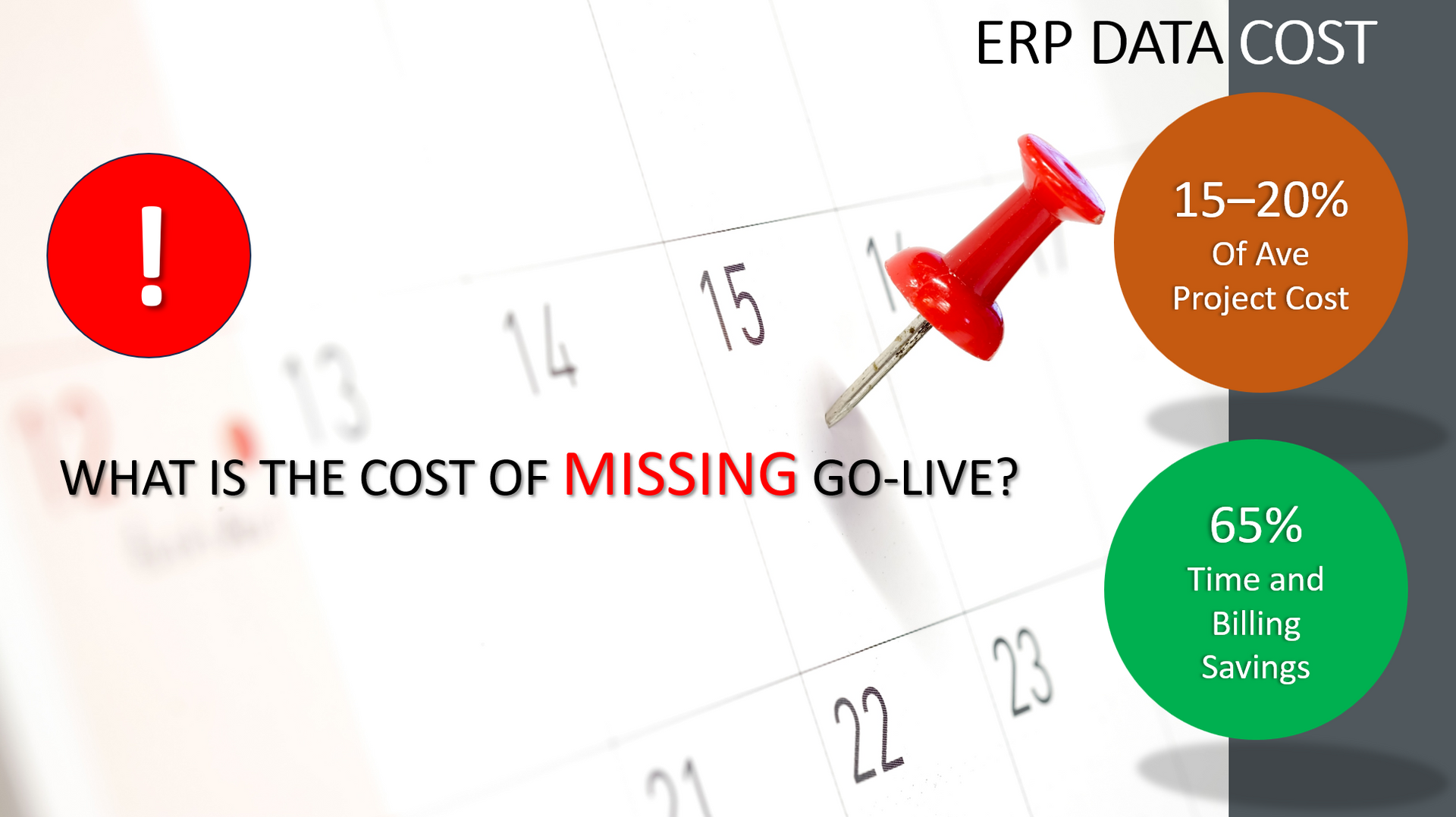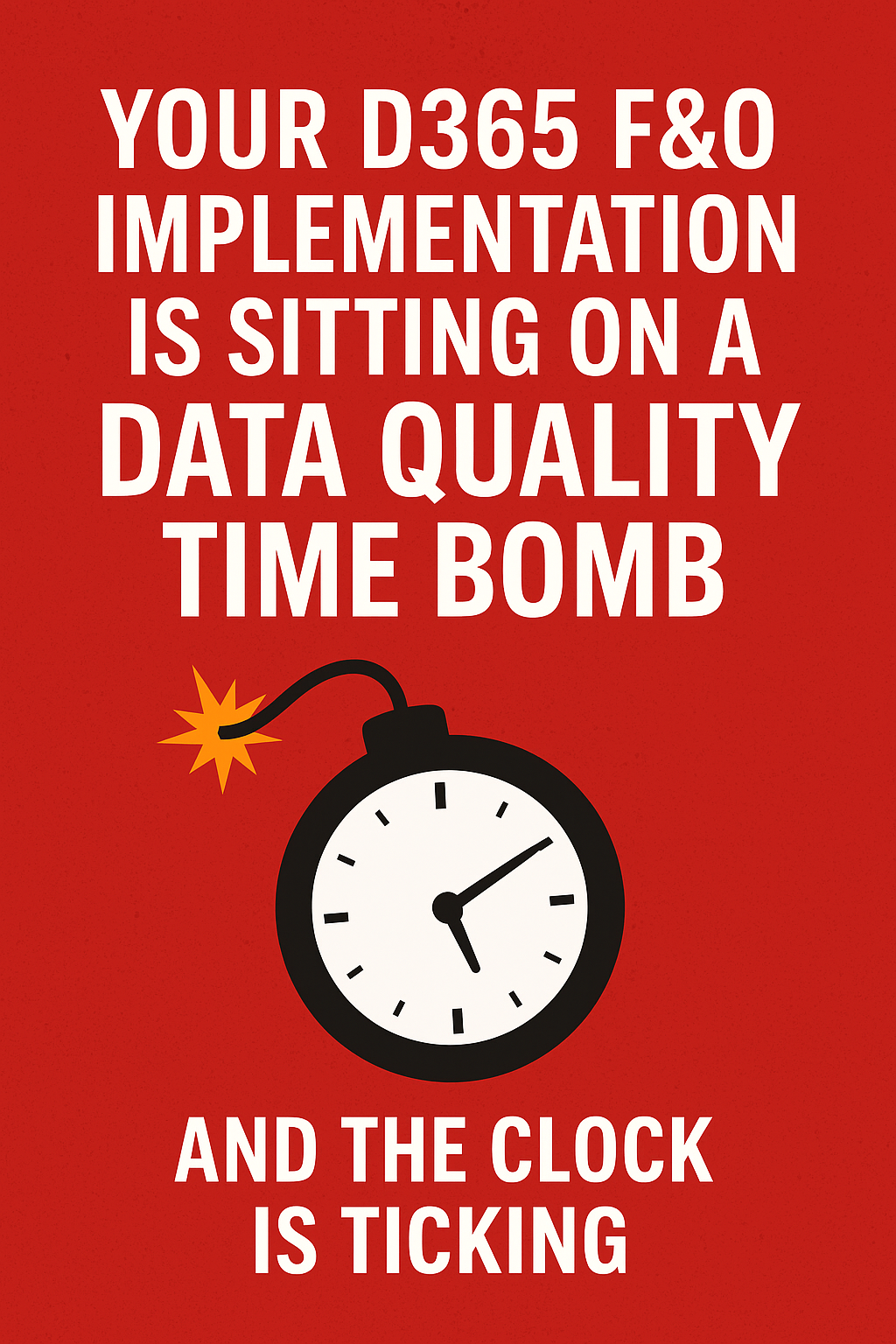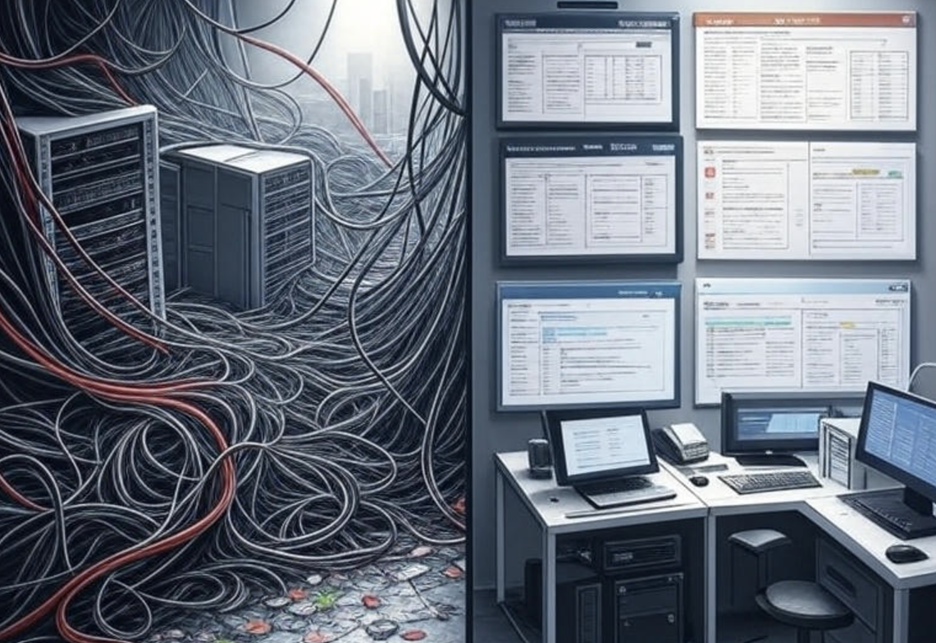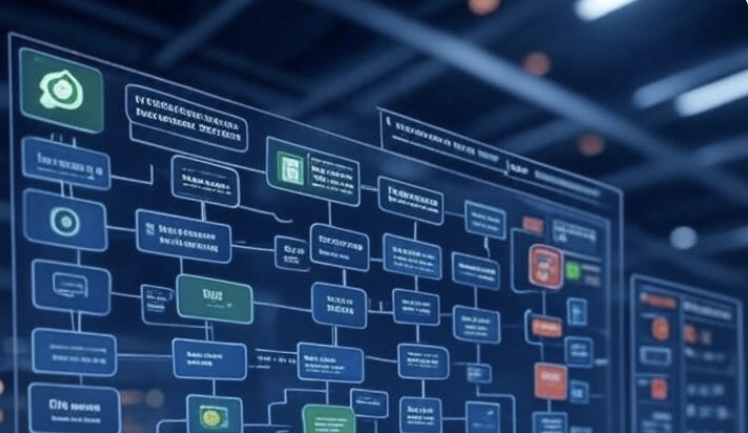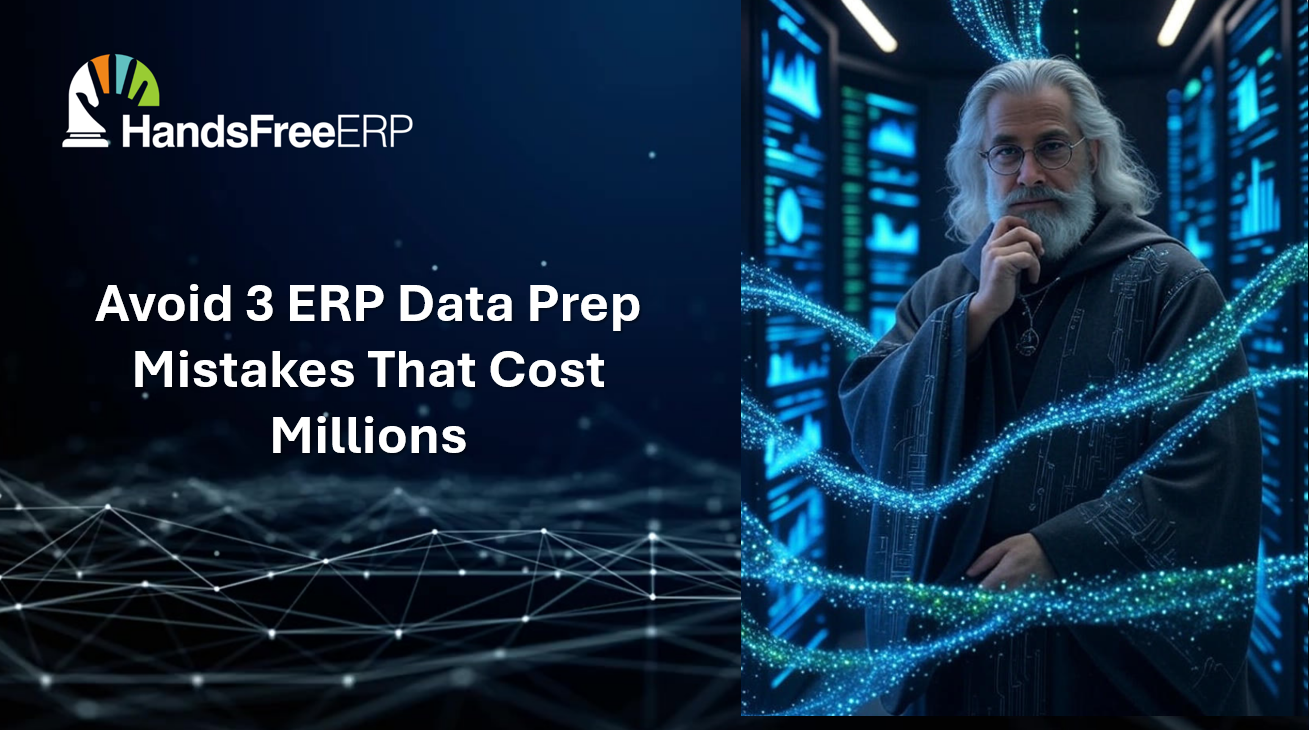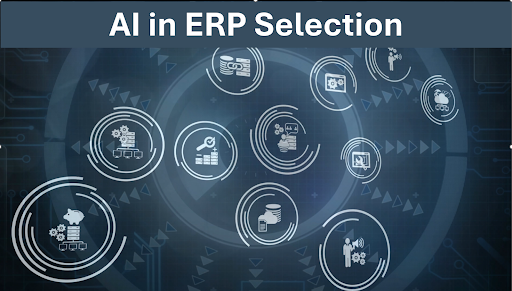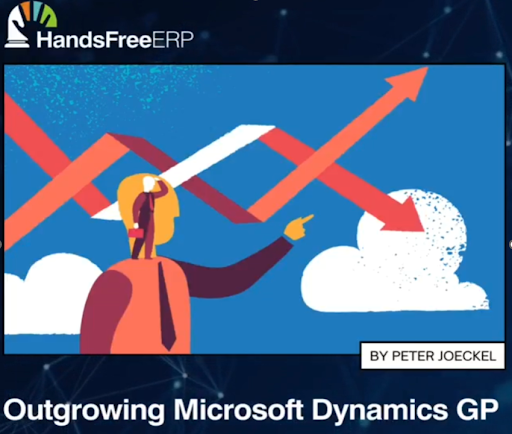A Hyperautomation Rose by Any Other Name
Is Process Automation Now Hyperautomation?

In the relatively short time that I have been involved in the document processing and automation industry with therevolutionary HandsFree Hyperautomation Platform, the industry has gone through three dramatic name changes.
The technology components that make up the document processing and automation industry have been loosely grouped and called:
- IPA, intelligent process automation
- RPA, robotic process automation
- Hyperautomation
Has anything changed dramatically? Probably not. Do the naming changes make it hard for an average business person to keep up with what it all means? Probably. I will readily admit to being a huge fan of marketing terms, primarily when used to establish a new and improved product. I have to admit though, I would like to see something labeled as the “Same Old Shit,” but that’s a different blog.
Is anyone old enough to remember buying a used car? Not anymore!
First, they became pre-owned, and now they are pre-loved vehicles. This name, merry-go-round, required a careful recalibration of my favorite software joke.
Q. What is the difference between an ERP Software and a pre-lovedvehicle product advocate?
A. The pre-loved vehicle product advocate knows when he is lying.

Anyway, here we are with an excellent document process automation platform, and we have to rebrand it using the Hyperautomation language. Sigh.
Why all the changes? Again, this is the third significant industry name change since I jumped into the process automation game with the HandsFree Hyperautomation Platform. Initially, the industry term for process automation was intelligent process automation or IPA.That confused too many folks with images of craft beer brewed by bearded hipsters sporting history MBAs, ironically tilted pork pie hats, and suspenders.
Robotic Process Automation or RPA was the next industry marketing term that succeeded IPA. In my opinion, RPA missed the point because process automation does not deploy robots in humanoid form to speed up document-choked processes. RPA is predominantly software that works quietly behind the scenes to do manual tasks faster and with greater accuracy.
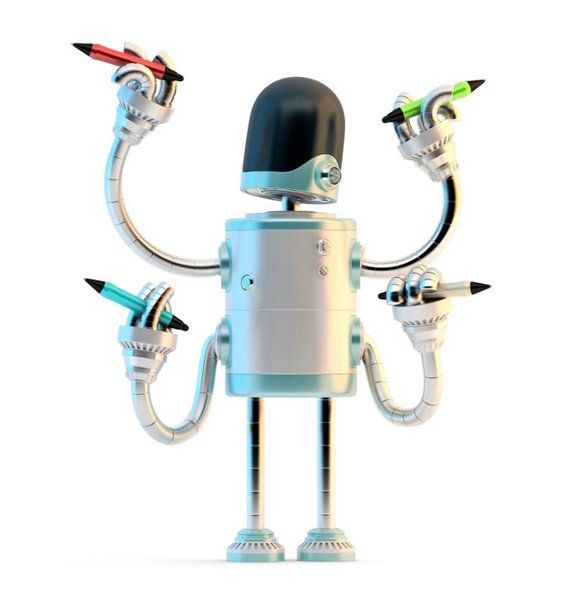
A more significant issue for the robot analogy is that they have fallen out of favor with people fearing that they will eventually take their jobs. Not my job, of course, because I run my own company. My kid is waiting in the wings to take over. An actual robot might be preferred in this case because I have a better shot at controlling one of them.
So not only have robots been given a bad rap as job-stealing emotionless metal, but they are being replaced in the process automation marketing naming race with the term Hyperautomation.
Good luck with keeping track of marketing terms and maybe cheer up the next robot you see. They are out of favor literally and figuratively, and they are not as fast or efficient as our HandsFree process automation software platform. As a result, they are sad.
Better yet, step up to the Hyperautomation plate with the HandsFree Platform that replaces tired legacy AP Automation solutions with a company-wide document automation solution.
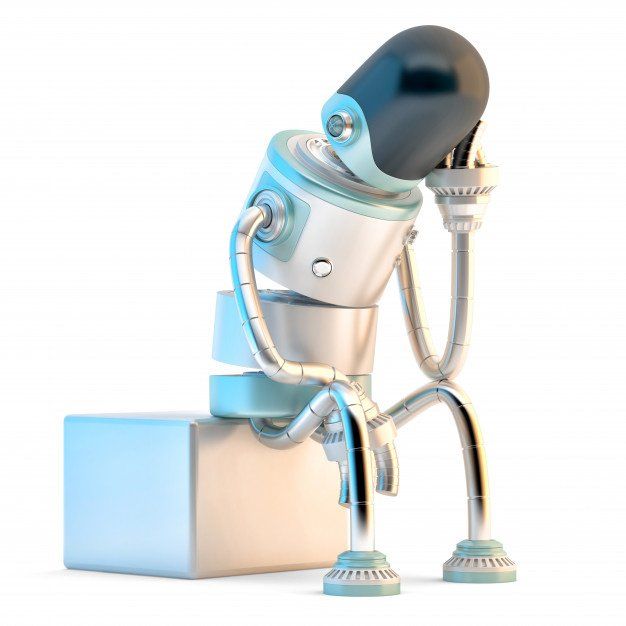
HandsFree ERP is dedicated to supporting clients with their ERP initiatives, enabling companies to seamlessly connect users with their ERP partners. By utilizing skilled professionals, streamlined processes, and cutting-edge tools, HandsFree ERP significantly boosts the success rates of ERP projects.





